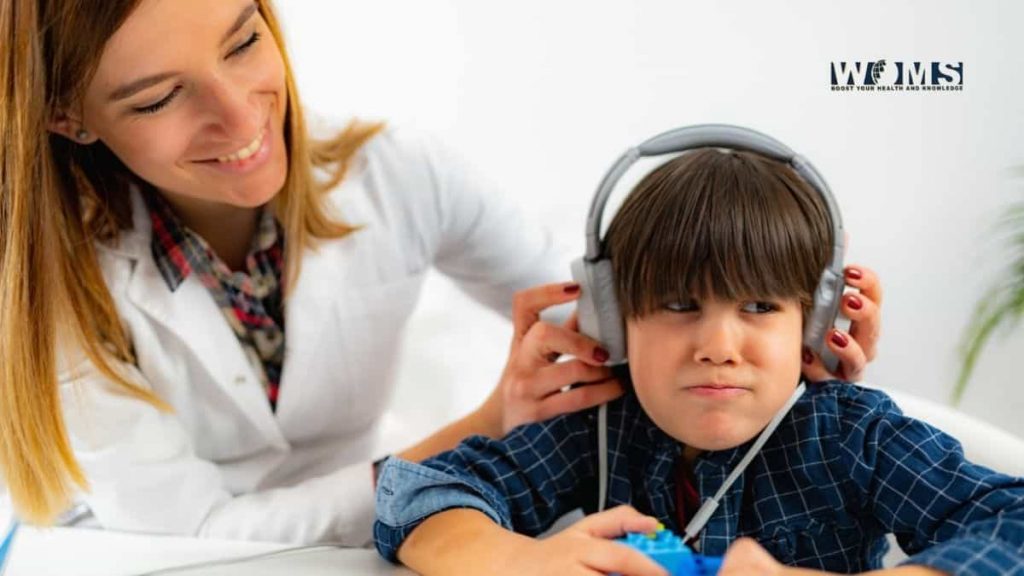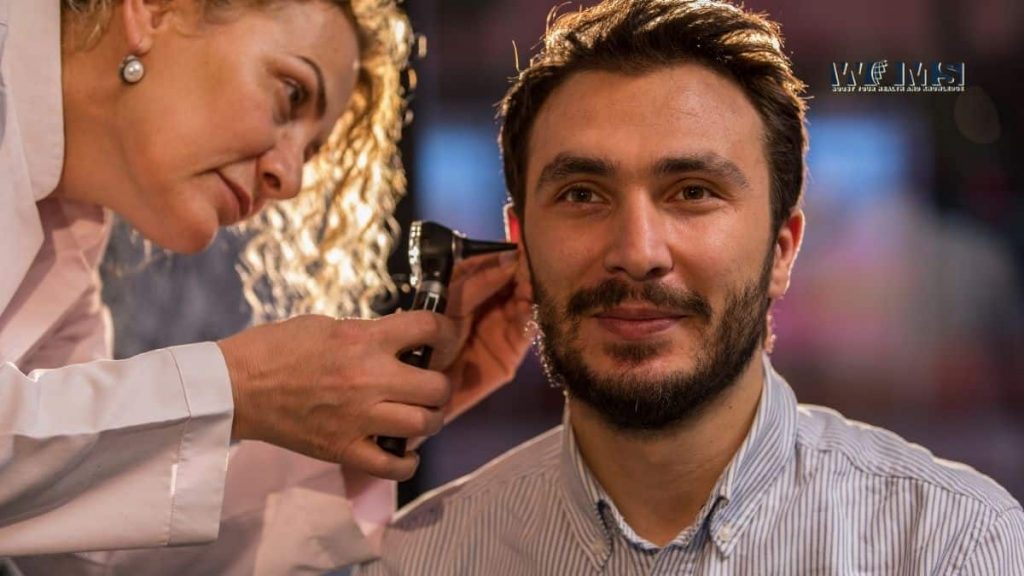Types of Hearing Test Used to Evaluate Hearing in Children and Adults

You’ll be surprised to know that hearing loss is very common today in children. About two to three children in a thousand suffer from some extent of hearing loss.
It is important to know how well a person can hear sounds and noise to diagnose and treat hearing loss. There are a number of hearing tests audiologists can use to measure the extent of hearing loss in children and adults.
Often the kind of test they use depends on the patient’s age. So if you are about to search for a ‘hearing test near me, it is best to know in advance what to expect at the audiologists’ clinic.
So, prepare yourself beforehand. Here are the basic tests for children and adults conducted at the audiologists’ clinic that measure the degree and causes of hearing loss. Once the diagnosis is complete, you can decide how to manage or treat the problem.
Hearing Tests for Children
Usually, doctors conduct routine hearing tests for children. However, not all children who fail to pass the test are cleared.
If there’s an anomaly, the test is reconducted within three months.

There are three kinds of tests usually done for children.
Auditory Brainstorm Test (ABT)
In this test, the audiologist tests the auditory nerves of a child. A PC is used to see how the hearing nerves and cerebrum react to different sounds in this test.
Through the ABT, the audiologist can assess the extent of hearing loss.
Otoacoustic Emissions Test (OAE)
In this test, the doctor checks the reaction of the inner ear in response to sound. First, the test measures the outflows of the inner ear in response to the incoming sound. When the sound flows in, the hair cells vibrate inside the ear, and hence the OAE catches these vibrations.
This is the best test for babies and infants who cannot communicate or make out words.
Tympanometry
Tympanometry is somewhat an intrusive procedure in which the audiologist checks for the eardrum movement in the ear. So a probe is inserted inside the ear to check for that.
This probe looks like a headphone. One end of the probe is connected to a device that enables airflow through the ear.
In this test, you get the results in the form of a graph which the audiologist can decipher to measure the extent of hearing loss.
Common Hearing Tests for Adults
Since the adults are better able to make out different sounds, tones, and words, the tests are a bit more detailed and, at times, more intrusive than those for young children.

Here are the four most common types of hearing tests for adults.
Tuning Fork Test
Tuning forks are used widely as assessment measures for hearing loss. These are fast and easy ways of assessment and have two-part testing.
- Weber test
- Rinne test
With the help of these, the audiologist can determine the kind of hearing loss and whether it is sensory or conductive. Then, once the diagnosis is complete, they can decide the way forward for the patient.
Pure-tone Test
This test is used for gauging the sensitivity of hearing. It measures the extent of hearing loss by checking the patient’s hearing threshold level. Then the audiologist can decide how to take the treatment plans forward with the patient.
Speech and Word Recognition
These tests assess the ability to make out words in a conversation. First, the patient listens to a recording and then states the words or phrases they’ve just heard. This way, the audiologist checks the comprehension ability of the person.
This test is most helpful in assisting patients in picking the right hearing aid for their trouble.
Acoustic Reflex Measure
In this test, the audiologist checks for the extent of hearing loud or rowdy sounds. The test enables the audiologist to check the eardrum’s stapedius and tensor tympani reflex by looking at the contraction of the muscles in the area.
Audiologists usually conduct this test when the preliminary tests and patient history alone aren’t enough to measure the kind and extent of hearing loss.
Also Read: 3 Harmful Myths About Hearing Loss and Hearing Health
Conclusion
Although these tests are very good measures for hearing loss, one test often isn’t enough to make a solid diagnosis. Audiologists may ask you to undergo two or more tests to check for any issues causing the hearing loss. That is the best practice for a thorough analysis and diagnosis.
Knowing the cause of hearing loss is very important for devising the treatment plan.



